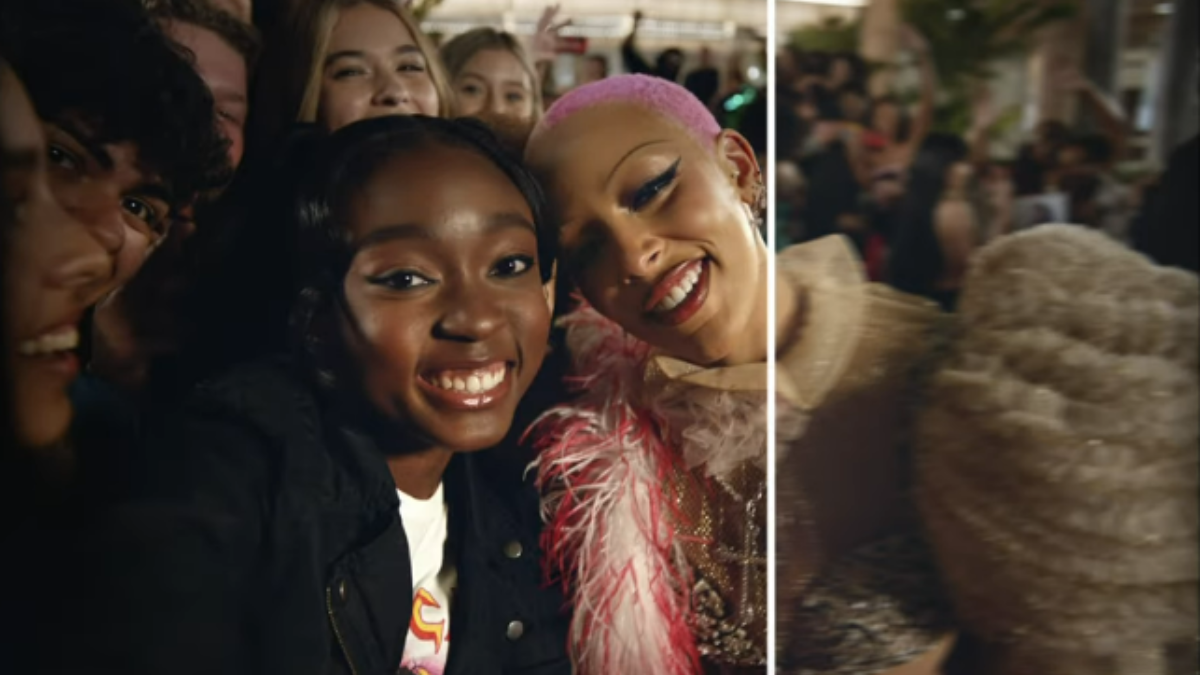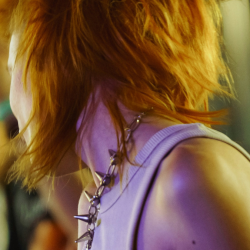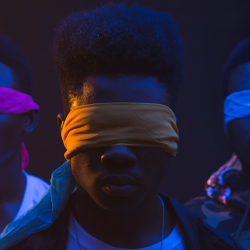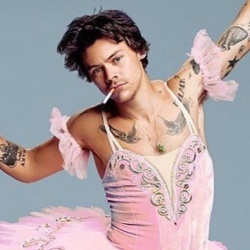We certainly live in a complex era, between social pressures and a strive for authenticity
Lately, however, the most recurring pattern reveals the need to change reality, or at least our perception of it. In the latest Snapchat advertising we’re all invited to look at the world in a more interesting way, transforming what our eyes see into something surreal and less boring.
It’s fun to add layers to the real world, sure, but when it becomes a possibility for everyone problems arise, because, after all, we are humans, and we are problematic by definition.
Google‘s #FixedOnPixel even aims to fix your memories, make them perfect, without smudging. The ideal storytelling of our perfect lives. It’s a shame, it’s such a lie.
This conception of adjusting reality according to ideal standards is at the basis of the criticized filters that modify the connotations. The controversies of the last year were not enough, now the web is rising up against the new TikTok filter and Dove has lined up at the forefront of this fight.
The experience of the world as it is, is no longer enough for us, and we’re still far from accepting those things that are still decoded as imperfections, and not for what they really are: natural and necessary nuances of existence.
Perfection is our divinity, technology is our totem
Authenticity seems to be the buzzword of our times, but if even in photo dumps we look for a standard to respect in order to be casual but in a cool way. Perhaps we have not yet gotten over the desire to adapt to an ideal, which changes constantly, but always has the same taste of dissatisfaction and hyper-performance.
Technology in this context becomes a totem, at the service of the cult of perfection in a tool-centric culture.
A totem is a physical manifestation of deity, a simulacrum that holds not only the power of the deity, but is a tool to get closer to that power. In ancient times whoever owned the totem also reached superior abilities, which elevated them almost to the same level as the divinity linked to it. Maybe this tells us something about our smartphones and the tools related to it, don’t you think?
Emile Durkheim found in the totemic material the expression of the social body that comes to life independently of its members. An extra human entity that accelerates and overwhelms us in a hyper-positivist way.
The symbolic value underneath this devotion is deeply linked with the ideals of nineteenth-century’s positivism: technology cannot make the world worse than its previous state, it’s evolution and it’s here to improve us because we need it.
*IDORU by Grimes plays in the background*
Kill the idols, kill the ideal
Trends tell us that the younger generations are quitting social media and detaching themselves from the technology fever, but since we all are still online talking about this and doom-scrolling, is this true?
We’re far from killing the ideal of perfection and the effect that the technology-totem has on us, thousands of contents are not enough to destroy centuries of performance culture.
Something is moving under the surface though, the approach to social media contents and experiences IRL is driven by a deeper understanding of our actions and acceptance overall. Hopefully this cultural wave will lead us to see the toxicity behind the need to add virtual layers to our face, our reality, our experience and enjoy the tool as a tool, not a totem.
Featured image: #FixedOnPixels / Google ad
































